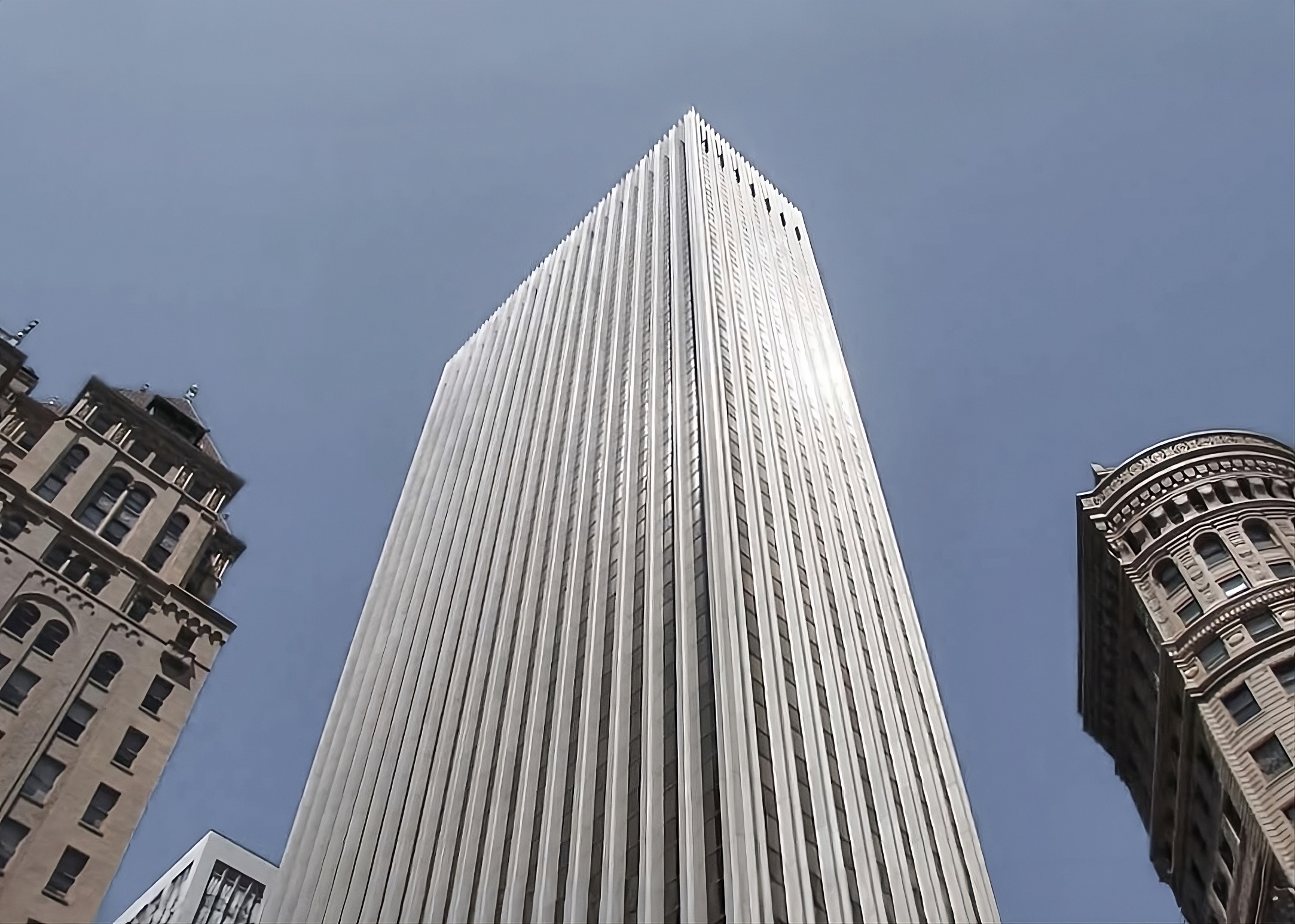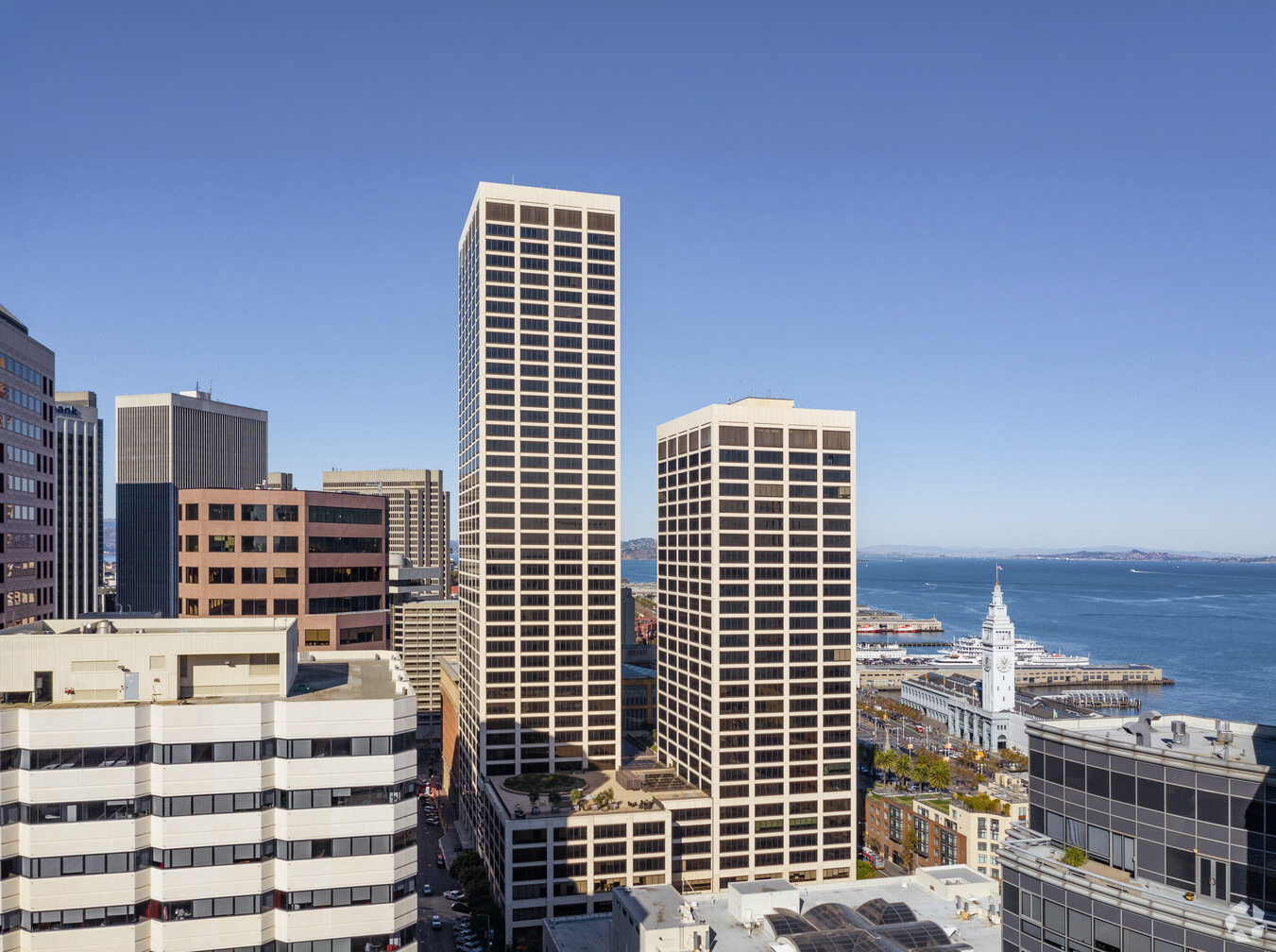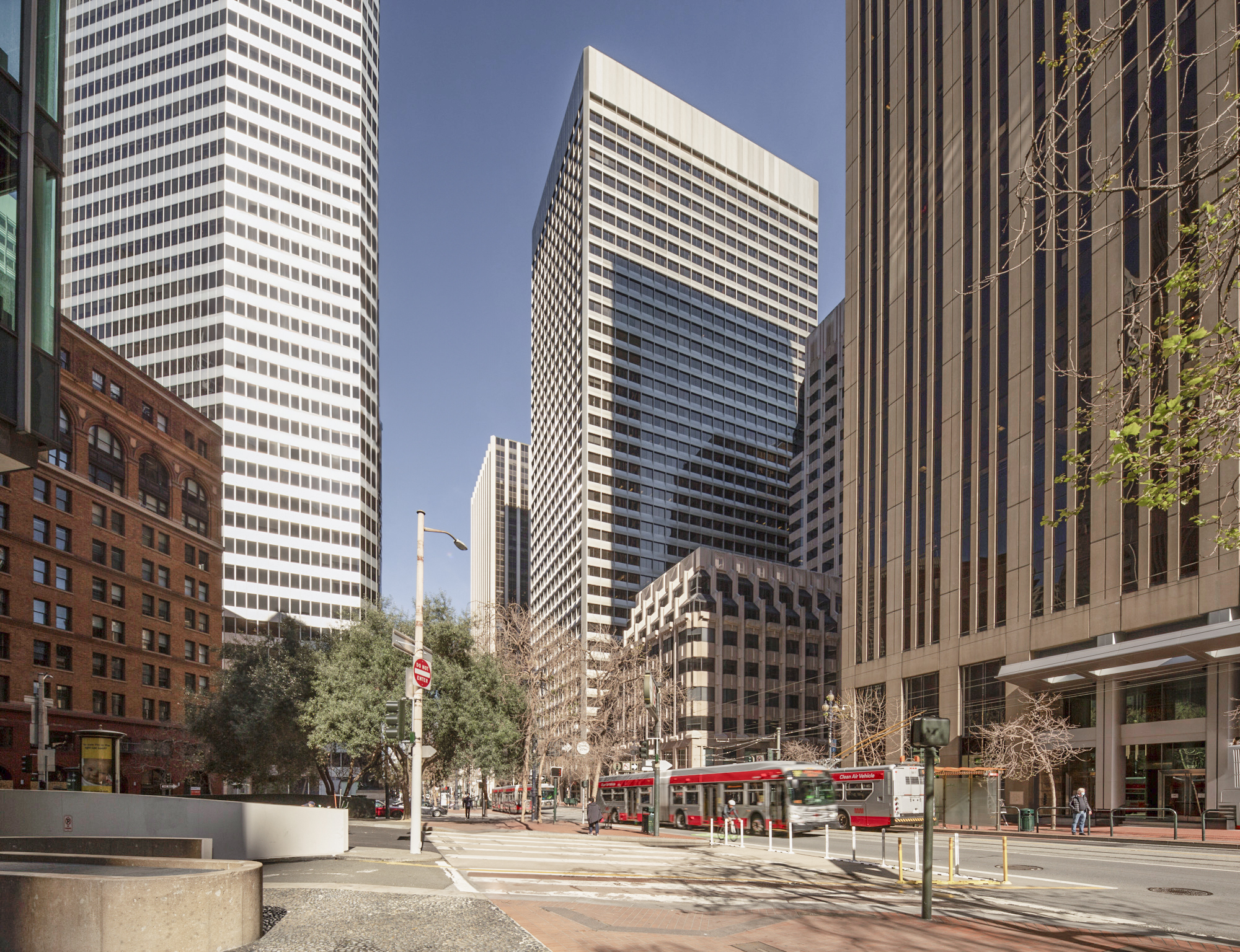The First Market Tower is an International Style skyscraper designed by John Carl Warnecke, and built in 1973 in San Francisco, CA.
First Market Tower is not the only name you might know this building by though. The building is, or has also been known as 525 Market Street .
Its precise street address is 525 Market Street, San Francisco, CA. You can also find it on the map here.
In 2023 the First Market Tower was awarded with the BOMA TOBY Awards Winner.
The building underwent a major restoration in 2016. The architect commissioned to undertake this restoration was Shed Landscape Architect, PWP Landscape Architecture, and Keating Architecture.





